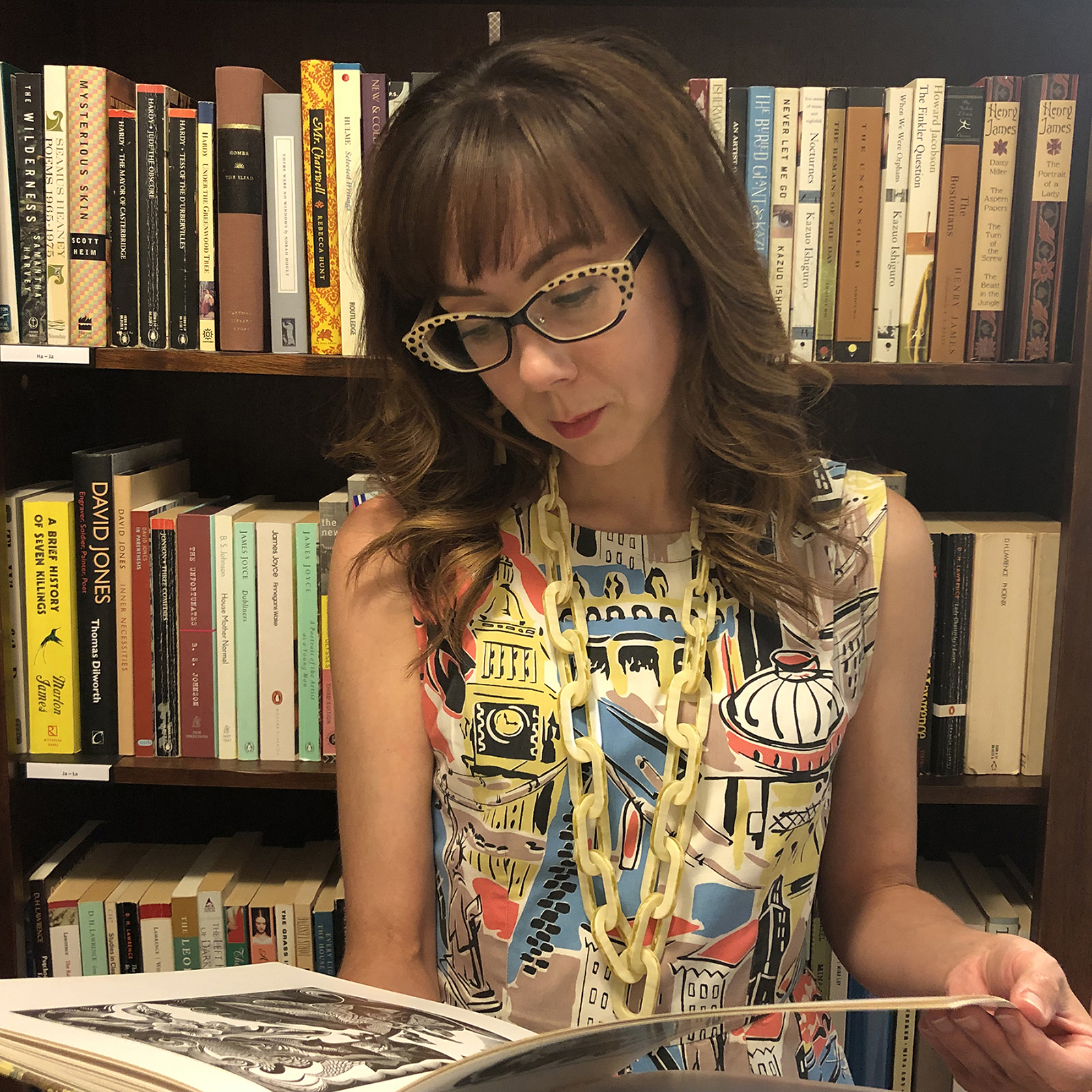Christina Walter

Research Expertise
Film Studies and Cultural Studies
LGBTQ Studies
Literary Theory
Literature and Science
Modernist
Poetics
Post-1900 British and Irish
Postmodern and Contemporary
Transatlantic Studies
Victorian
Women's Literature and Feminist Theory
I specialize in modern and contemporary British and global anglophone literature and visual culture; in the intersections of science, technology, and aesthetics; and in gender and critical race studies.
My book Optical Impersonality: Science, Images, and Literary Modernism (Johns Hopkins 2014) remaps one of the most dominant modernist aesthetics, that of “impersonality.” It uncovers how stylists of impersonality--from Mina Loy to T. S. Eliot to Eve Kosofsky Sedgwick--adapted ideas and experiments from the contemporary science and philosophy of human vision, participating in a popular rethinking of the psychology and physiology of sight and also rewriting a long-standing artistic conversation about what images are and do. Their goal was to situate human subjecthood firmly within the body and to use that subjectivity to call for political changes in the ways we live and relate to each other.
I am currently working on a monograph entitled "Modernism from the Gut: Aesthetics, Ontology, and the Science of the Second Brain." The gut has received a major promotion in contemporary discourses of the body. No longer just the energy factory that fuels the more interesting parts of our existence, it has taken on an outsized ontological aura equivalent to that of “the mind”—with some going so far as to label the gut “the second brain.” While digestive and nutritional sciences are widely cited to justify this promotion, we don’t yet have a history of how these sciences were turned into an ontological story that’s also an object of popular fascination. “Modernism from the Gut” unearths some of the early and most intriguing chapters in this story, returning to the moment when the sciences of the gut became specialized in the early twentieth century and exploring their interchange with a modernist culture that avidly took them up. It explores as well the legacy of these stories in contemporary popular science and media accounts of the gut microbiome and even GUT theory.
I’m also working on a short monograph entitled “Lee Miller’s Food Modernism,” which investigates the lived art of the renowned photographer and journalist Lee Miller from the 1950s through 70s. Miller put down her camera after WWII and is typically understood to have retired into domestic life. Making extensive use of unpublished archival materials, though, I trace how Miller, far from retiring, instead turned to a lived modernism organized around surrealist food production, display and consumption—from cooking contests and magazine essays to farming experiments and curated house parties. In other words, Miller was engaged with modernist art long after her own public youth and the youth of modernism itself.

